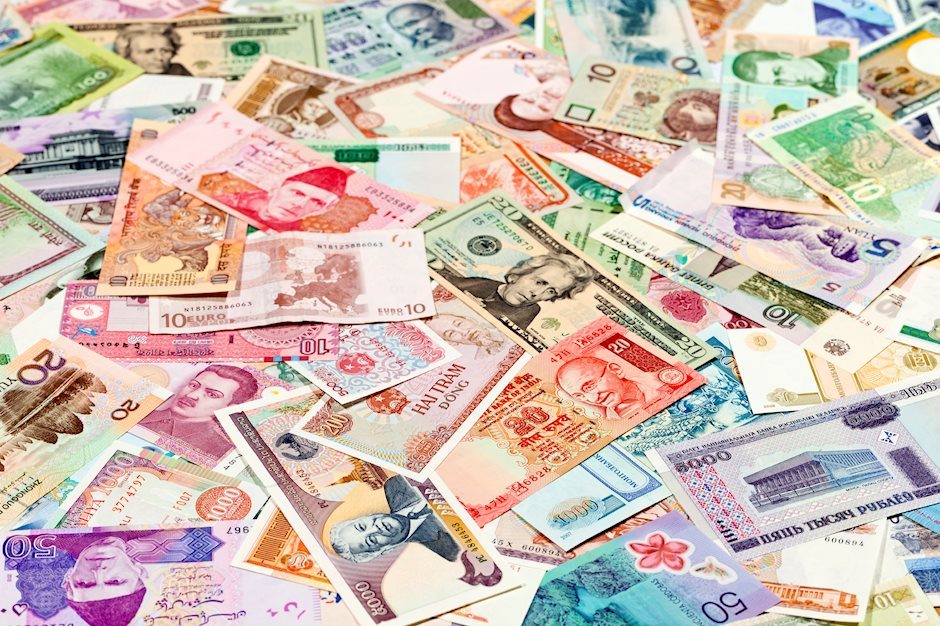USD/THB: Thai Baht drops 1% on central bank intervention
- Thailand Baht has taken a hit reportedly due to central bank intervention.
- Baht has registered its biggest decline since 2007.

Thai Baht (THB) has dropped by more than 1%, pushing USD/THB pair higher to 30.106 reportedly due to central bank intervention.
The currency pair traded at 30.226 in Asia. At that level, THB was down close to 1.8% - the biggest decline since 2007.
“It’s likely to be central bank intervention given that the central bank has mentioned that they’ll be fighting against baht strength,” said Mingze Wu, a foreign-exchange trader at INTL FCStone in Singapore, according to Bloomberg.
The Baht had surged to a six-year high of 29.718 earlier this week. The surge was associated with low liquidity and market imbalance by Thailand's central bank.
The currency gained almost 9% in 2019 on haven demand. Markets treat THB as an anti-risk currency as it is backed by current account surplus.
Author

Omkar Godbole
FXStreet Contributor
Omkar Godbole, editor and analyst, joined FXStreet after four years as a research analyst at several Indian brokerage companies.

















